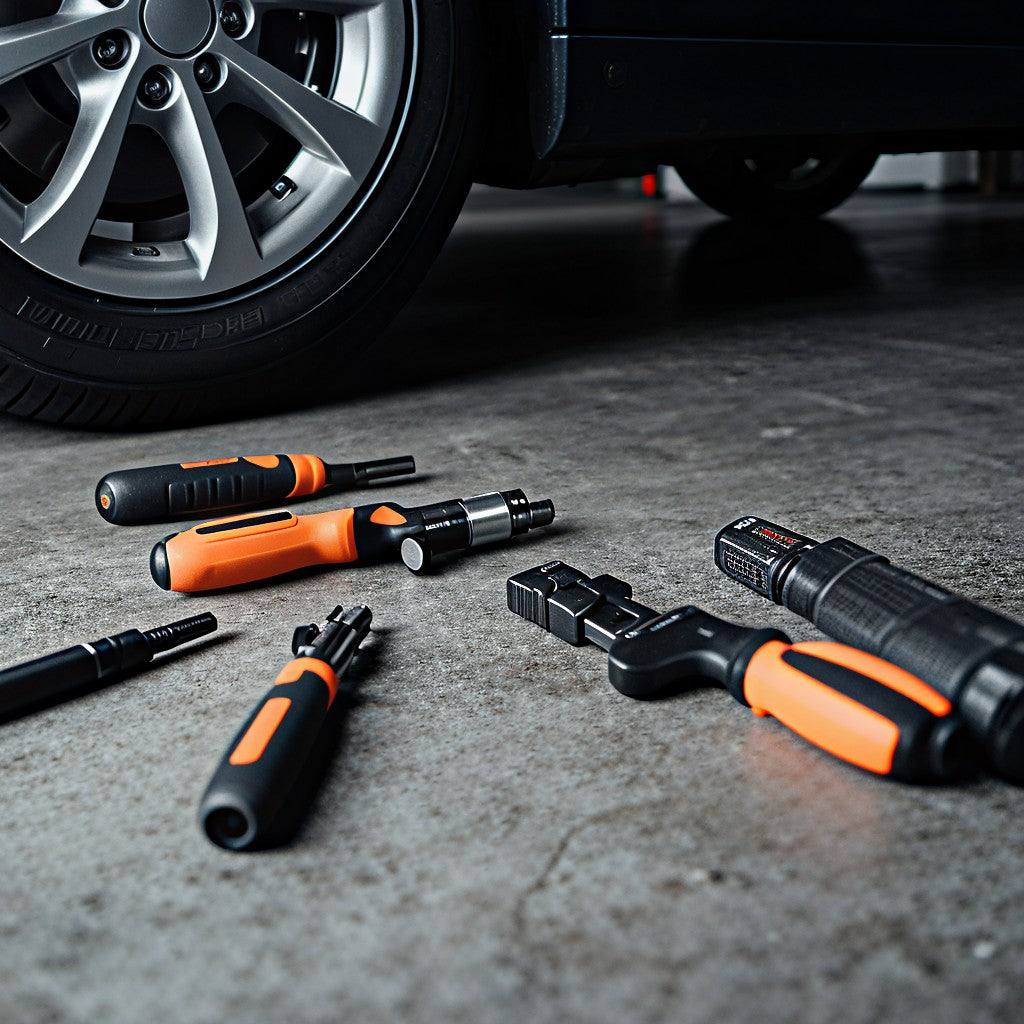Late at night, in a Midwest garage, a 6-year-old car with a marginal car battery refuses to crank after a cold soak. The owner needs a reliable jump starter that will deliver immediately without guesswork. In this scenario, the most important specs are not raw lumped power but how the numbers translate to real-world cranking under cold conditions: PA, CA, CCA, AH, and RC. This blog walks through how to read these ratings, what they mean for a typical US-market vehicle, and how to choose a jump starter that balances performance, safety, and cost.
Why Ratings Matter in the US Automotive Market
- PA (Peak Amps) indicates the maximum instantaneous current a jump starter can deliver for a short burst. In many US-market jump starters, PA is well above the sustained crank need, but only when the pack is near full charge and ambient temperatures are reasonable. In cold weather, the effective peak can drop—so evaluate PA in the context of temperature derating.
- CA (Cranking Amps) is the sustained current available to crank the engine for a continuous period, typically a few seconds. For most mid-size vehicles, you want CA values that comfortably exceed the engine’s required cranking current at the coldest operating specification.
- CCA (Cold Cranking Amps) is the standard measure used to predict starting performance at 0°F (-18°C). In the US, a typical passenger car engine at 0°F may require 300–700 CCA depending on engine size and battery health. A jump starter with higher CCA provides a margin that reduces the risk of a failed start in extreme cold.
- AH (Amp-Hours) reflects the energy capacity of the pack. Higher AH means more usable energy to deliver repeated starts or to power accessories before recharging. In practice, AH correlates with how many starts you can perform before recharging the unit or before the battery health degrades.
- RC (Reserve Capacity) is the time (in minutes) a battery can deliver 25 amps while maintaining a voltage above a specified threshold before the voltage collapses. For jump starters, RC serves as a proxy for how long the unit can sustain cranking under load without overheating or drooping voltage.
- In the US market, vehicles vary widely—compact cars, trucks, and SUVs each have different starting currents. A data-driven selection should map vehicle class, battery health, and ambient temperature to the necessary PA/CA/CCA/AH/RC targets.
How to Interpret PA, CA, CCA, AH, and RC Together
- Start with the vehicle’s engine size and the cold-start temperature you expect to encounter. For typical US passenger cars in winter, aim for a CCA in the 400–800 range for older batteries and 600–1000+ for larger engines or very cold climates.
- Ensure the jump starter’s CA exceeds the engine’s required crank current by a comfortable margin. If your engine requires 250 A in cold start, a CA rating of 500–700 A provides a safety buffer.
- Use AH to estimate how many full-start cycles you can perform before recharging. A higher AH reduces the risk of “dead pack” after a few starts in a single outage scenario.
- Consider RC to gauge endurance under parasitic loads (headlights, infotainment, or cold-start attempts). An RC of 60 minutes or more at moderate drain is a practical target for many scenarios.
Comparative Example: Jump Starter Models in the US

Note: In practice, many US-market jump starters advertise high PA numbers, but you should verify CA, CCA, and RC under real-use conditions (temperature and battery health).
Battery Chemistry LiFePO4 vs Lead-Acid in Jump Starters
- LiFePO4 (LFP) jump starters tend to provide steady current delivery with longer cycle life and superior thermal stability, which helps maintain CA/CCA under heat spikes or repeated starts.
- Lead-acid equivalents can deliver comparable CA/CCA but may be heavier and have shorter cycle life.
- When choosing a “LiFePO4 jump box” for frequent use, check the rated AH and RC at the temperature range you expect.
Safety Notes for Attention
- Always read the user manual for the recommended start sequence and safety precautions.
- Use a battery tester to assess the health of your vehicle battery before relying on a jump starter.

- Store in a cool, dry place away from heat sources to preserve battery life.
- Periodically recharge your jump starter to maintain peak PA/CA/CCA capabilities.
Key Takeaways
- PA (Peak Amps) are the maximum instantaneous current; use them to gauge initial surge capability, but verify long-term performance with CA and RC.
- CA (Cranking Amps) matters for sustained cranking; ensure it exceeds the engine’s cold-start needs by a comfortable margin.
- CCA (Cold Cranking Amps) provides a temperature-adjusted estimate of starting power at 0°F; higher CCA generally improves cold-start reliability.
- AH (Amp-Hours) indicates usable energy; higher AH supports multiple starts and accessory use between charges.
- RC (Reserve Capacity) signals endurance under load; higher RC reduces voltage drop during long cranks or repeated attempts.
- For the US market, match ratings to vehicle class, expected ambient temperatures, and battery health. Consider LiFePO4 jump boxes for improved thermal stability and longevity in frequent-use scenarios.
Quick Reference: Usable Formulas and Ranges
- Estimated engine cranking current (A) ≈ function(engine size, cold temp, battery health). Use CA as a direct substitute when available.
- Start selection rule-of-thumb: CA ≥ engine required cranking current × 1.2–1.5 for cold-start reliability.
- Typical US-market ranges (illustrative, not universal):
- PA: 900–1500 A for consumer units; 1500–3000 A for heavy-duty fleet units
- CA: 600–1000 A common; 1000–1200 A for larger engines
- CCA: 500–1000 A commonly advertised
- AH: 12–25 AH common in portable units; 30+ AH for higher endurance
- RC: 45–90 min common; 60–120 min for high-end models
- Official website: https://www.lokithorshop.com/
- Email address: info@lokithorshop.com
For further product information, please visit:
Recommended Reading: How Many Voltages Should A Car Battery Have?



Leave a comment
All comments are moderated before being published.
This site is protected by hCaptcha and the hCaptcha Privacy Policy and Terms of Service apply.